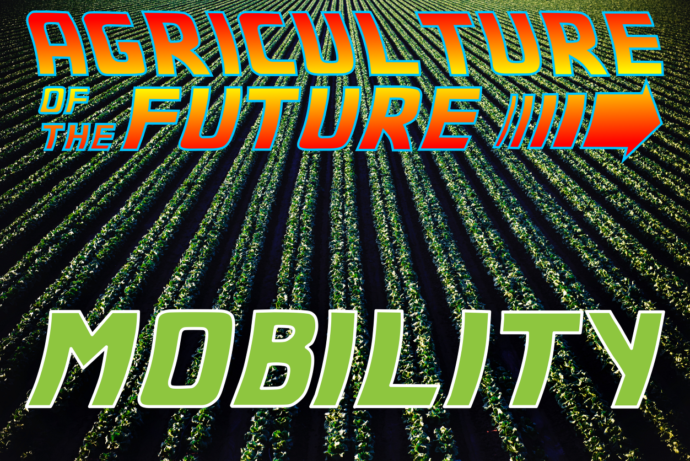As part of work package 2, an analysis has been carried out about the current State-of-the-Art and future trends in robotics for precision agriculture. While you wait for the full report to be published, this mini article series will take you through some interesting aspects precision agriculture. Today’s topic: Mobility.
The need to feed the growing global population has led to industrialisation of agriculture. Combining this with the decreasing amount of farmers, means using larger vehicles to be able to maintain an equivalent output. This does come with a downside, however: among other things, these large vehicles cause more soil compaction, which in its turn has negative effects on soil properties as well as on the crops and their yield.
The logical solution would be to reduce vehicle sizes. But this would make it impossible to keep the same output… Or would it?
Recent technological breakthroughs have been allowing for autonomous vehicles in many different applications, one of them being agriculture. Many companies are investing in self-driving technology, which opens the door to reducing vehicle sizes and compensating this by distributing tasks over more vehicles.
But what does autonomy mean in the agricultural world? Self-driving cars have a strict context in which they need to work, in contrast to in the field, where the environment changes from day to day, demanding other means of localisation. Current autonomous agricultural vehicles rely on a combination of accurate GPS navigation and artificial perception technologies to position themselves on an ever-changing digital representation or map of the fields. Moreover, data from other sources – such as drones – is often superposed to add an extra layer of detail. Using all of the data available, agricultural vehicles will be able to not only position themselves correctly, but also execute their operation precisely and accurately.
It is getting easier to imagine a world in which robotic fleets will take care of our agriculture needs, while simultaneously taking into account the environmental and ecological needs. We can expect that the use of smart farming and all gathered data can increase yields while reducing waste.
Want to know more? Stay tuned for the next article in this mini-series!

